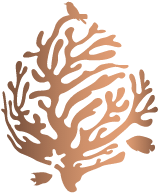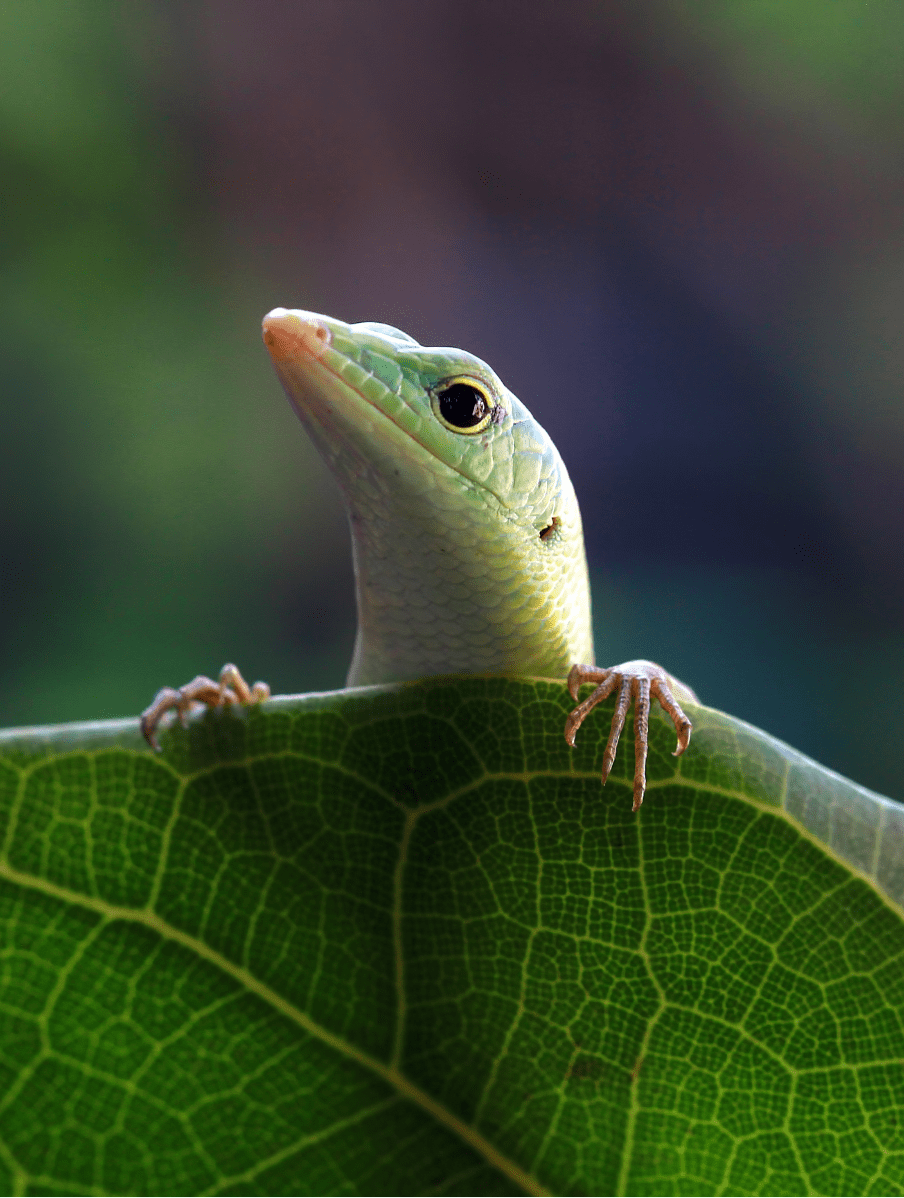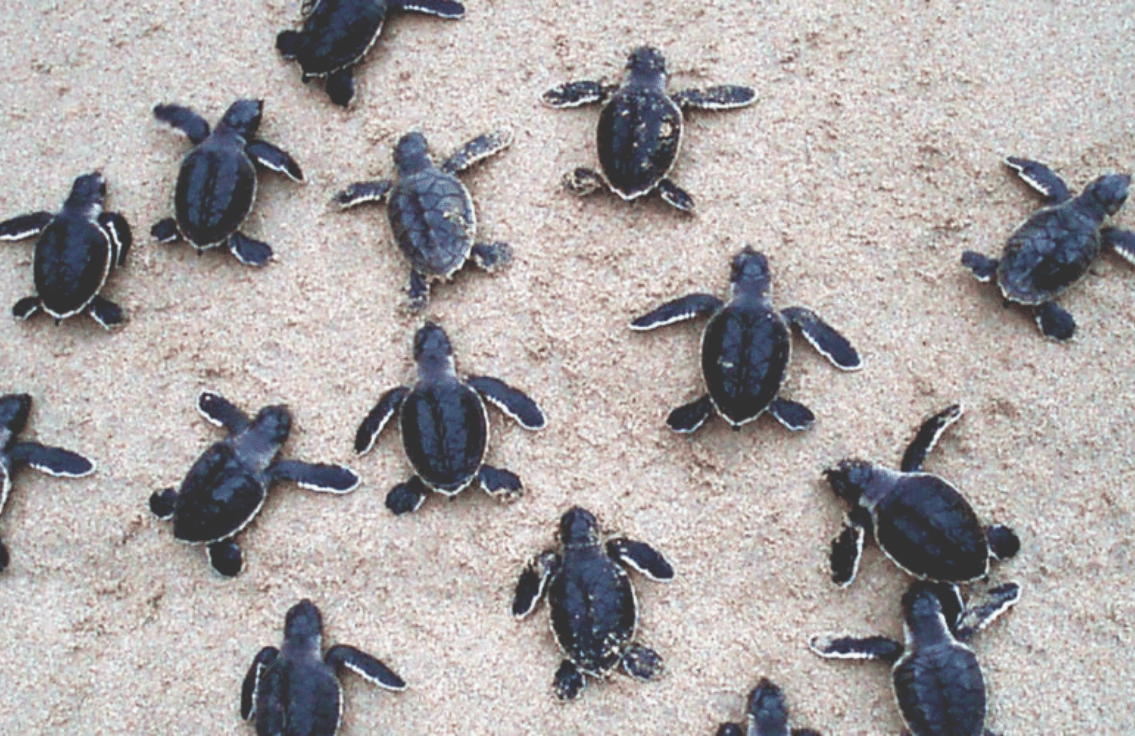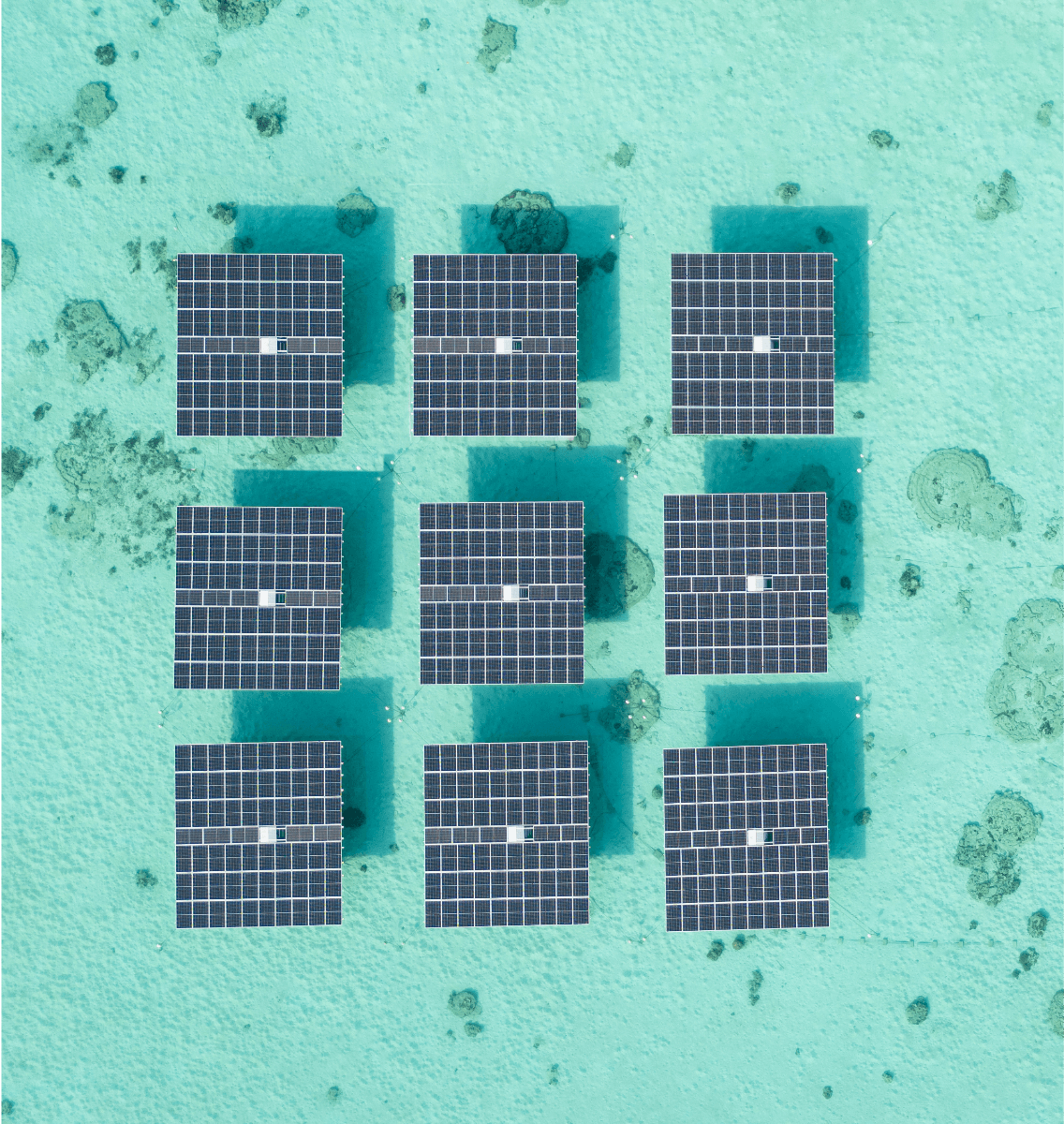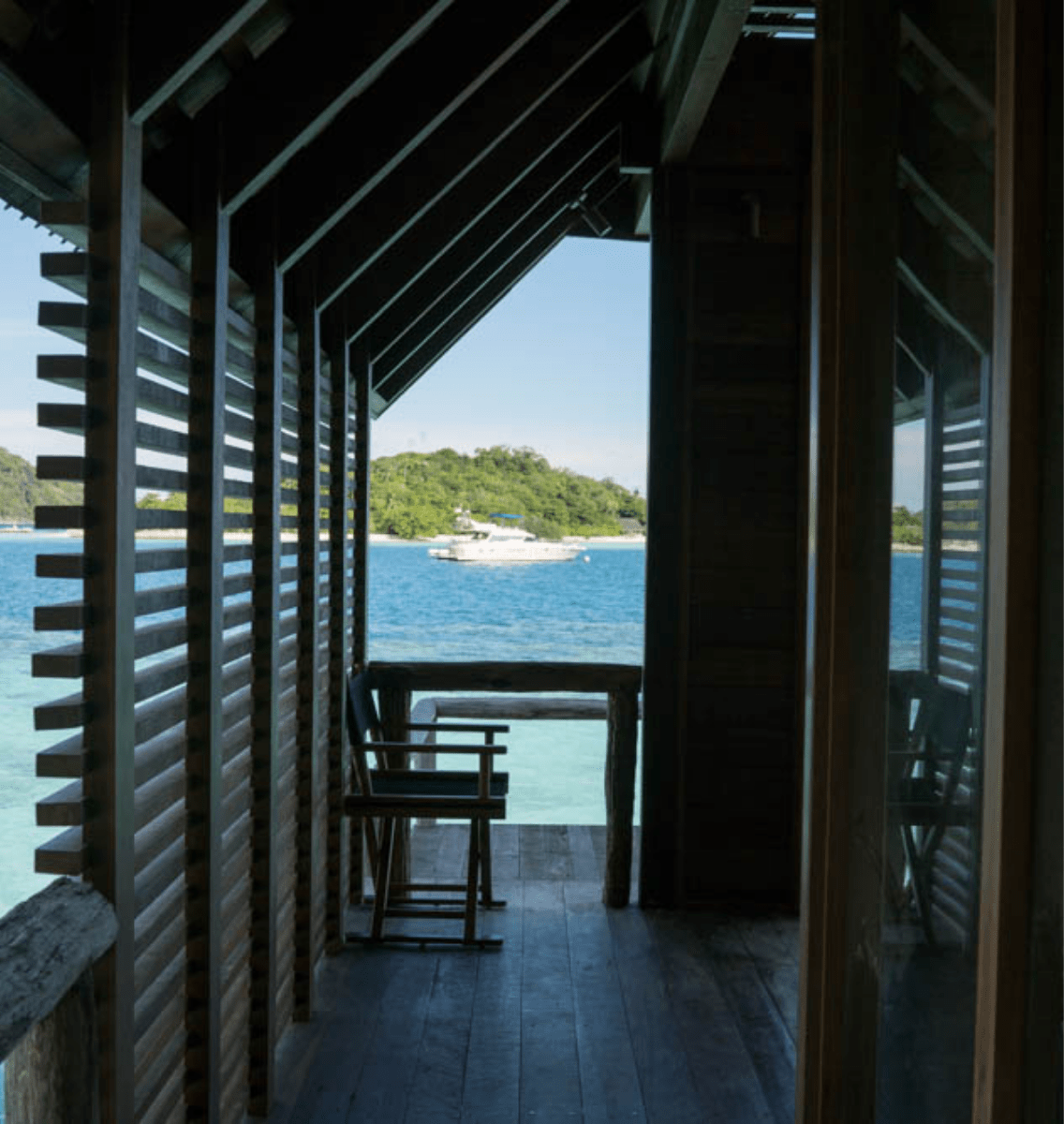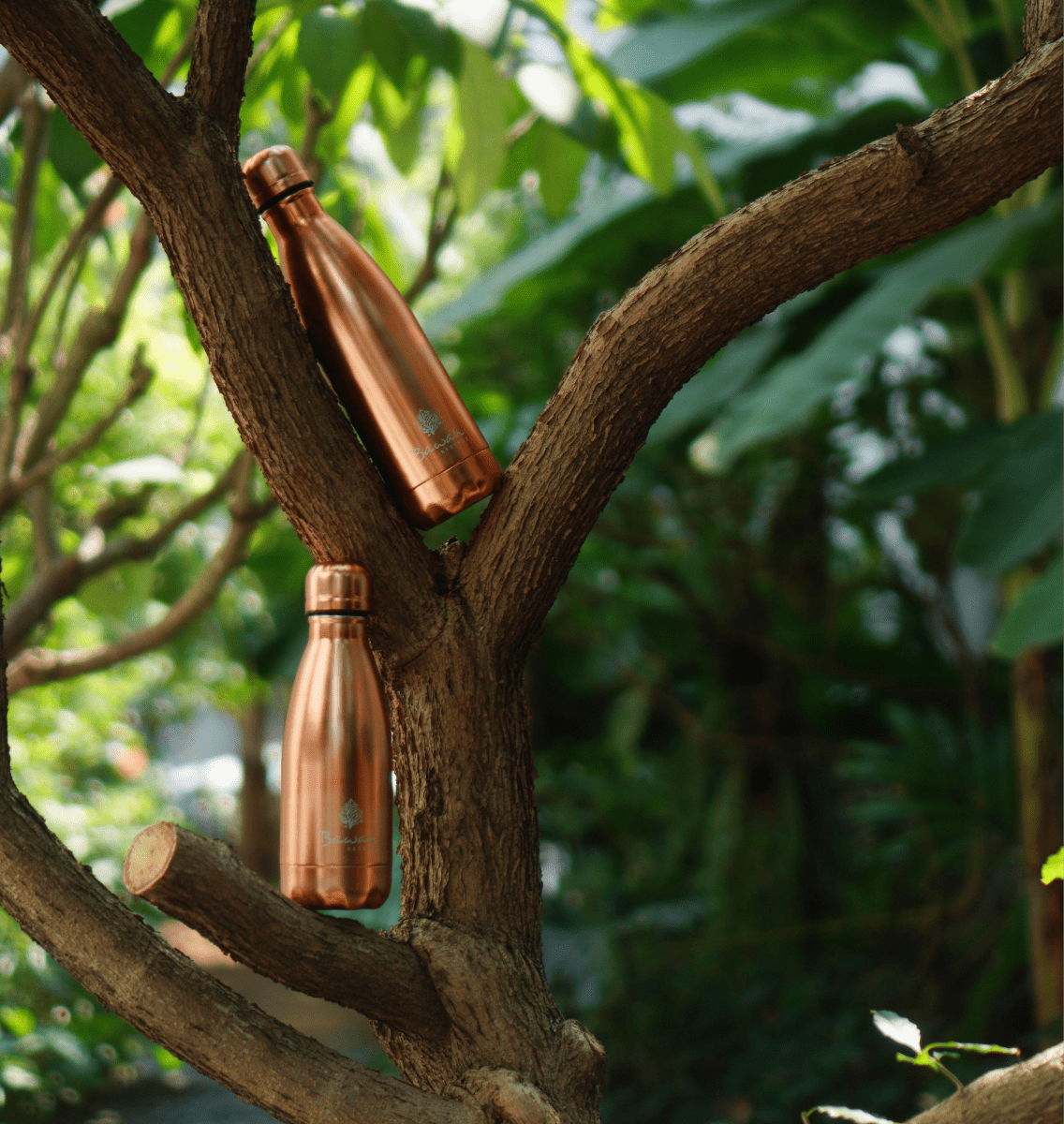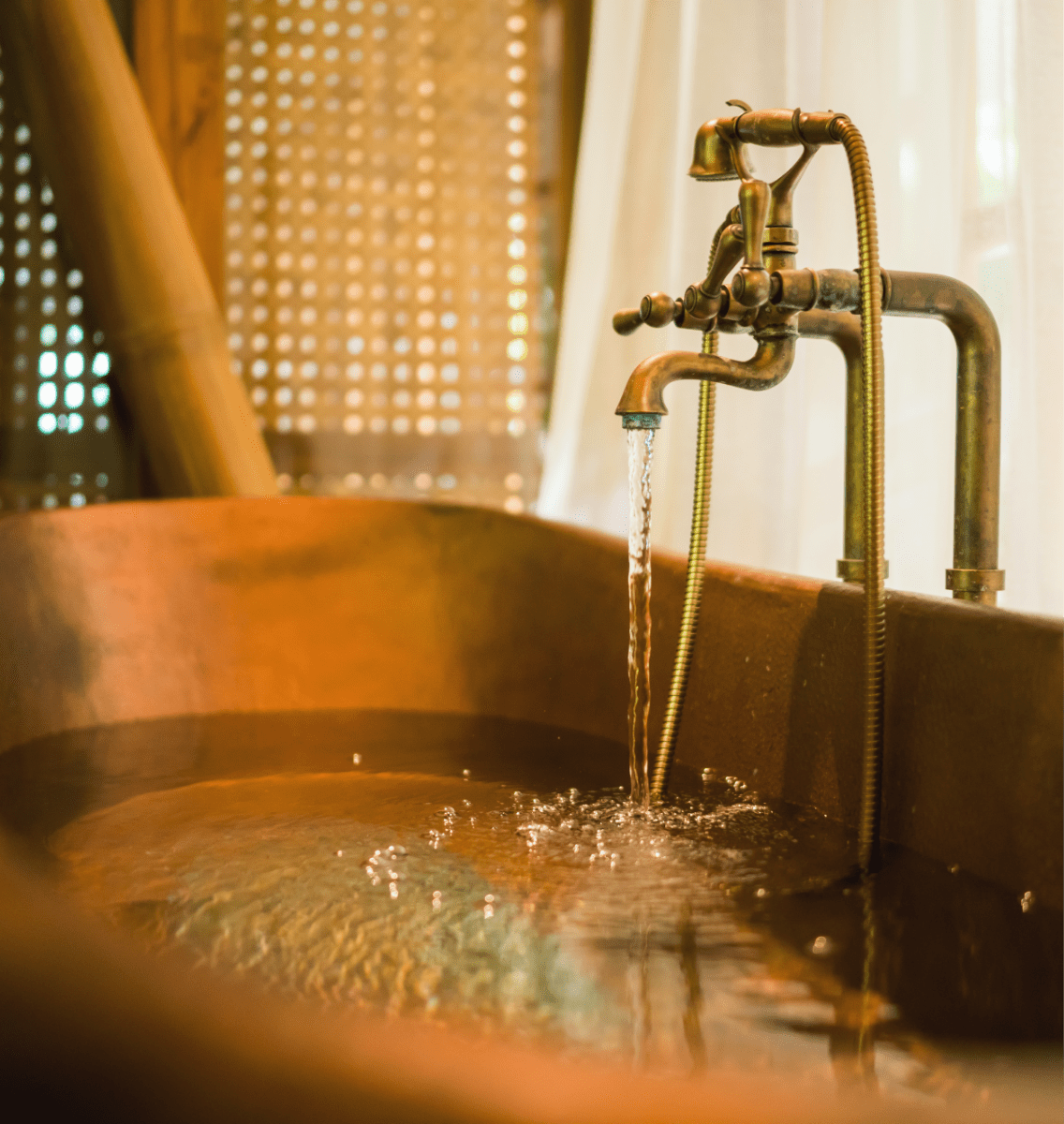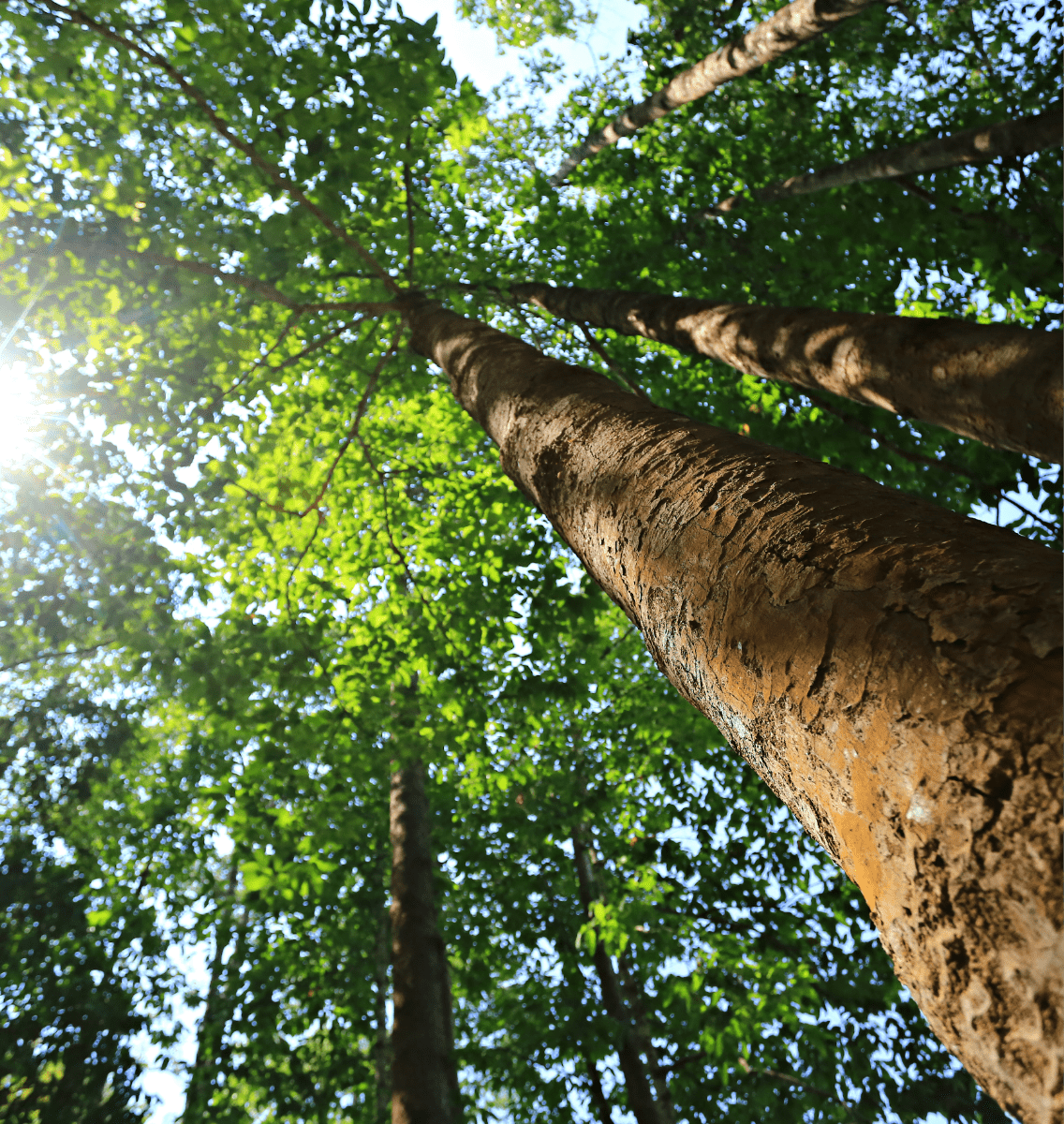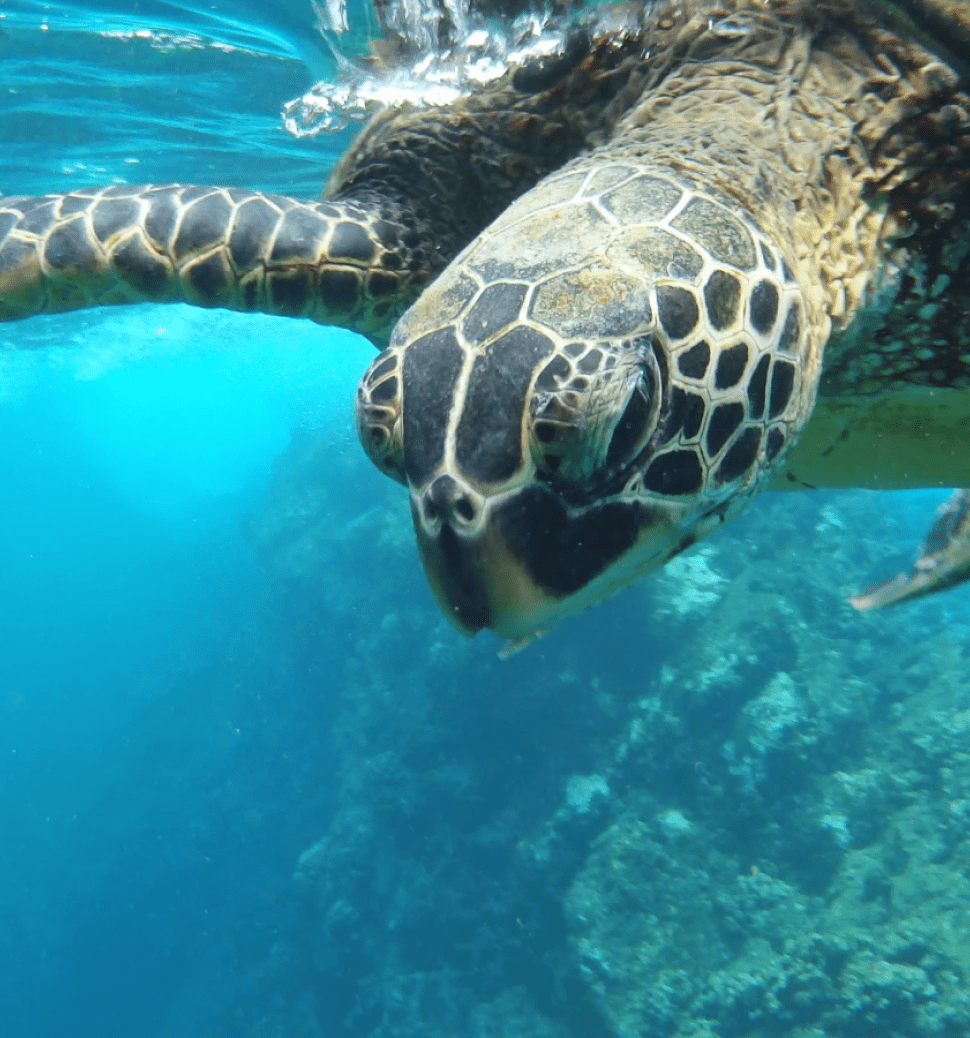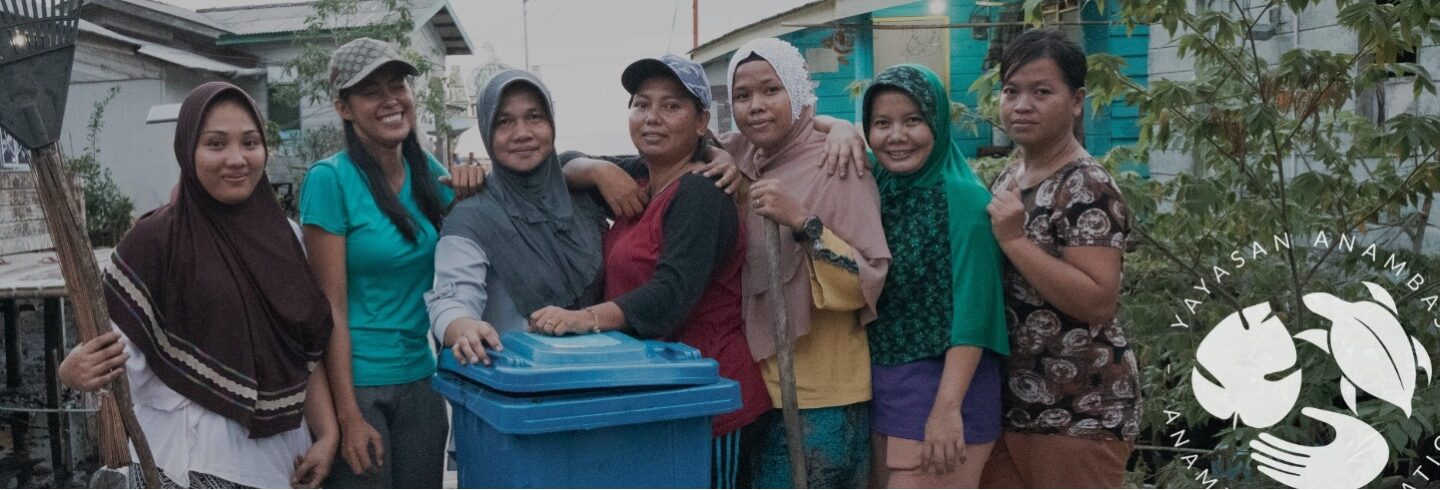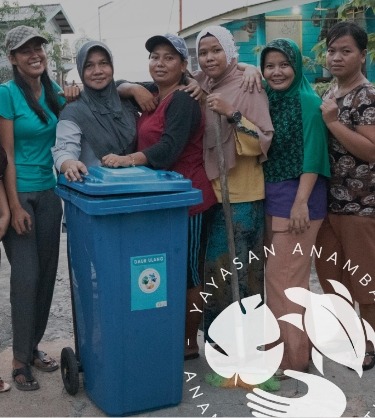
BCORP PARTNERSHIPS
Bawah Reserve strives to collaborate with BCorp-certified brands. One such partner is Indosole, an Indonesian footwear company that transforms discarded tires into stylish shoes sold in our retail store.

SUSTAINABLE AMENITIES
Bawah prioritises conscious living by sourcing sustainable guest amenities from Sensatia Botanicals, a Bali-based natural skincare company. Founded as a profit-sharing cooperative, it empowers the local community, with 20% of its revenue still going directly to employees.

OCEAN PROTECTION
Protecting our oceans is central to Bawah Reserve. We partner with Sandbar, whose swimwear—sold in our retail store—is made from recycled ocean plastic, with each piece removing 1 KG of plastic from the sea.

LOCAL EMPLOYMENT
At Bawah, we empower local communities by partnering with Batik Losari, an Indonesian foundation that trains women in traditional craftsmanship. This initiative helps them develop skills and earn income close to home.


